Using biological experiments, robot models, and a geometric theory of locomotion, researchers at the Georgia Institute of Technology investigated how and why intermediate lizard species, with their elongated bodies and short limbs, might use their bodies to move. They uncovered the existence of a previously unknown spectrum of body movements in lizards, revealing a continuum of locomotion dynamics between lizardlike and snakelike movements.
Tag: Robotics
Introducing GTGraffiti: The Robot That Paints Like a Human
Graduate students at the Georgia Institute of Technology have built the first graffiti-painting robot system that mimics the fluidity of human movement. Aptly named GTGraffiti, the system uses motion capture technology to record human painting motions and then composes and processes the gestures to program a cable-driven robot that spray paints graffiti artwork.
Tiny Robotic Crab Is Smallest-Ever Remote-Controlled Walking Robot
Northwestern University engineers have developed the smallest-ever remote-controlled walking robot — and it comes in the form of a tiny, adorable peekytoe crab.
Using everyday WiFi to help robots see and navigate better indoors
UC San Diego engineers have developed a low cost, low power technology to help robots accurately map their way indoors, even in poor lighting and without recognizable landmarks or features. The technology uses WiFi signals, instead of light, to help the robot “see” where it’s going.
How 3D-printing robots could power greener construction
A new 6,000-pound industrial robot at Cornell University can 3D print the kind of large-scale structures that could transform the construction industry, making it more efficient and sustainable by eliminating the waste of traditional material manufacturing.
University of Minnesota technology allows amputees to control a robotic arm with their mind
A team of biomedical engineering researchers and industry collaborators have developed a way to tap into a patient’s brain signals through a neural chip implanted in the arm, effectively reading the patient’s mind and opening the door for less invasive alternatives to brain surgeries.
The Clavius Project at SLUH Announces New Partnership with Saint Louis University
The Clavius Project announced a new partnership with Saint Louis University (SLU) made possible by a $612,000 grant from the Thomas R. Schilli Foundation (TRSF) to Saint Louis University. The grant will bring robotics and STEM enrichment programming into underserved schools across St. Louis through a partnership with SLU and its Ignatian Service Minor.
Study Finds Surprising Way to Make Walking Easier
A robotic waist tether pulls at a wearer’s center of mass to reduce the energy needed to walk, offering a new potential approach for assistive rehabilitation.
Real-time flood sensors, urban farms, autonomous cars, dancing drones and more at NYU Tandon’s Research Excellence Exhibit
The NYU Tandon School of Engineering will showcase over 40 innovative and future-forward research projects by faculty and students, along with interactive, family-friendly tech activities, at its 2022 Research Excellence Exhibit.The annual expo, in its ninth year, takes place on Friday, April 29, 1:00 p.m. to 4 p.m.
Novel Wearable Armband Helps Users of Prosthetic Hands to ‘Get a Grip’
A new study could be a game changer for users of prosthetic hands who have long awaited advances in dexterity. Researchers examined if people could precisely control the grip forces applied to two different objects grasped simultaneously with a dexterous artificial hand. They designed a multichannel wearable soft robotic armband to convey artificial sensations of touch to the robotic hand users. Subjects were able to successfully grasp and transport two objects simultaneously with the dexterous artificial hand without breaking or dropping them, even when their vision of both objects was obstructed. The study is the first to show the feasibility of this complex simultaneous control task while integrating multiple channels of haptic/touch sensation feedback noninvasively.
Waste of space
University of Utah mechanical engineering professor Jake Abbott has discovered a method to manipulate orbiting space debris by using spinning magnets. This allows agencies to either help clear out such debris or repair damaged satellites by moving or grasping the objects without physically touching them.
Teaching Robots to Think Like Us
In Applied Physics Letters, researchers outline how a robot could be taught to navigate through a maze by electrically stimulating a culture of brain nerve cells connected to the machine. These nerve cells were grown from living cells and acted as the physical reservoir for the computer to construct coherent signals. These findings suggest goal-directed behavior can be generated without any additional learning by sending disturbance signals to an embodied system.
OPENTRONS ANNOUNCES $200 MILLION SERIES C ROUND LED BY SOFTBANK
Opentrons, the lab automation platform comprised of Opentrons Robotics, Pandemic Response Lab, Neochromosome, and Zenith AI, receives $200 million to scale its platform for life sciences and healthcare.
Inspired by bacteria and sperm, scientists make micro-robot swimmers
Scientists at Cornell University have created cell-size robots that can be powered and steered by ultrasound waves. Despite their tiny size, these micro-robotic swimmers – whose movements were inspired by bacteria and sperm – could one day be a formidable new tool for targeted drug delivery.
University of Kentucky Partners With Starship Technologies to Bring Robot Food Delivery to Campus
Starship Technologies rolled out its robot food delivery service yesterday on the University of Kentucky’s campus. UK’s partnership with Starship makes it one of 18 schools across the nation to use the robots.
Artificial Camouflage Skin
Artificial camouflage that imitates concealment technologies existing in the natural world, such as the ones found in chameleon and octopus, is recently attracting a great attention for various military applications in the forms of wearable devices and soft robots.
Facial recognition AI helps save multibillion dollar grape crop
New technology, using robotics and AI, is supercharging efforts to protect grape crops and will soon be available to researchers nationwide working on a wide array of plant and animal research.
Simple Linking of Units Gives Legged Robots New Way to Navigate Difficult Terrain
Georgia Tech researchers develop low-cost, quadruped robots capable of linking together and cooperating on search and rescue over rough terrain, from off-the-shelf technology.
Researcher seeks solutions for difficult search-and-recovery efforts
The tragic collapse of the Champlain Towers South condominium in Surfside, Florida, and the difficult recovery efforts that ensued, left many people wondering whether there could be a quicker and safer way to search for survivors and recover victims.
NSF makes $20 Million investment in Optimization-focused AI Research Institute led by UC San Diego
The National Science Foundation (NSF) announced today an investment of $220 million to establish 11 artificial intelligence (AI) institutes, each receiving $20 million over five years. One of these, The Institute for Learning-enabled Optimization at Scale (TILOS), will be led by the University of California San Diego.
CUR Engineering Division Announces 2021 Mentoring Awardees, Student Video Competition Winners
The Engineering Division of the Council on Undergraduate Research announces the 2021 recipients of its Mentoring Awards and winners of its Student Video Competition.
How An Elephant’s Trunk Manipulates Air to Eat and Drink
New research from Georgia Tech finds that elephants dilate their nostrils in order to create more space in their trunks, allowing them to store up to nine liters of water. They can also suck up three liters per second — a speed 50 times faster than a human sneeze. The findings could inspire different ways to building robots that manipulate air to move or hold things.
Argonaut project launches design effort for super-cold robotics
A new robotics project named Argonaut at the Department of Energy’s Fermi National Accelerator Laboratory will share that same name and spirit of adventure. Argonaut’s mission will be to monitor conditions within ultracold particle detectors by voyaging into a sea of liquid argon kept at minus-193 degrees Celsius — as cold as some of the moons of Saturn and Jupiter.
This system helps robots better navigate emergency rooms
Computer scientists at the University of California San Diego have developed a more accurate navigation system that will allow robots to better negotiate busy clinical environments in general and emergency departments more specifically. The researchers have also developed a dataset of open source videos to help train robotic navigation systems in the future. The team detail their findings in a paper for the International Conference on Robotics and Automation taking place May 30 to June 5 in Xi’an, China.
Simple Robots, Smart Algorithms
Inspired by a theoretical model of particles moving around on a chessboard, new robot swarm research led by Georgia Tech shows that, as magnetic interactions increase, dispersed “dumb robots” — dubbed BOBbots — can abruptly gather in large, compact clusters to accomplish complex tasks.
NAU mechanical engineers develop new high-performance artificial muscle technology
The study, led by professors Michael Shafer and Heidi Feigenbaum, demonstrates that ‘cavatappi’ artificial muscles, which are based on the shape of Italian pasta, exhibit specific work and power metrics 10 and five times higher than human skeletal muscles, respectively, and up to about 45 percent efficiency.
Nanotech scientists create world’s smallest origami bird
Cornell University researchers have created micron-sized shape memory actuators that enable atomically thin two-dimensional materials to fold themselves into 3D configurations. All they require is a quick jolt of voltage. And once the material is bent, it holds its shape – even after the voltage is removed.

SLU Receives $500,000 Grant to Create a Faculty Position in Robotics and Autonomous Systems for a New, Early-Career, Female Professor
Saint Louis University was awarded a $500,000 grant from the Clare Boothe Luce program of the Henry Luce Foundation to create a tenure-track assistant professor position in Robotics and Autonomous Systems for a new, early-career, female faculty member within Parks College of Engineering, Aviation and Technology.
Robots sense human touch using camera and shadows
Cornell University researchers have created a low-cost method for soft, deformable robots to detect a range of physical interactions, from pats to punches to hugs, without relying on touch at all. Instead, a USB camera located inside the robot captures the shadow movements of hand gestures on the robot’s skin and classifies them with machine-learning software.
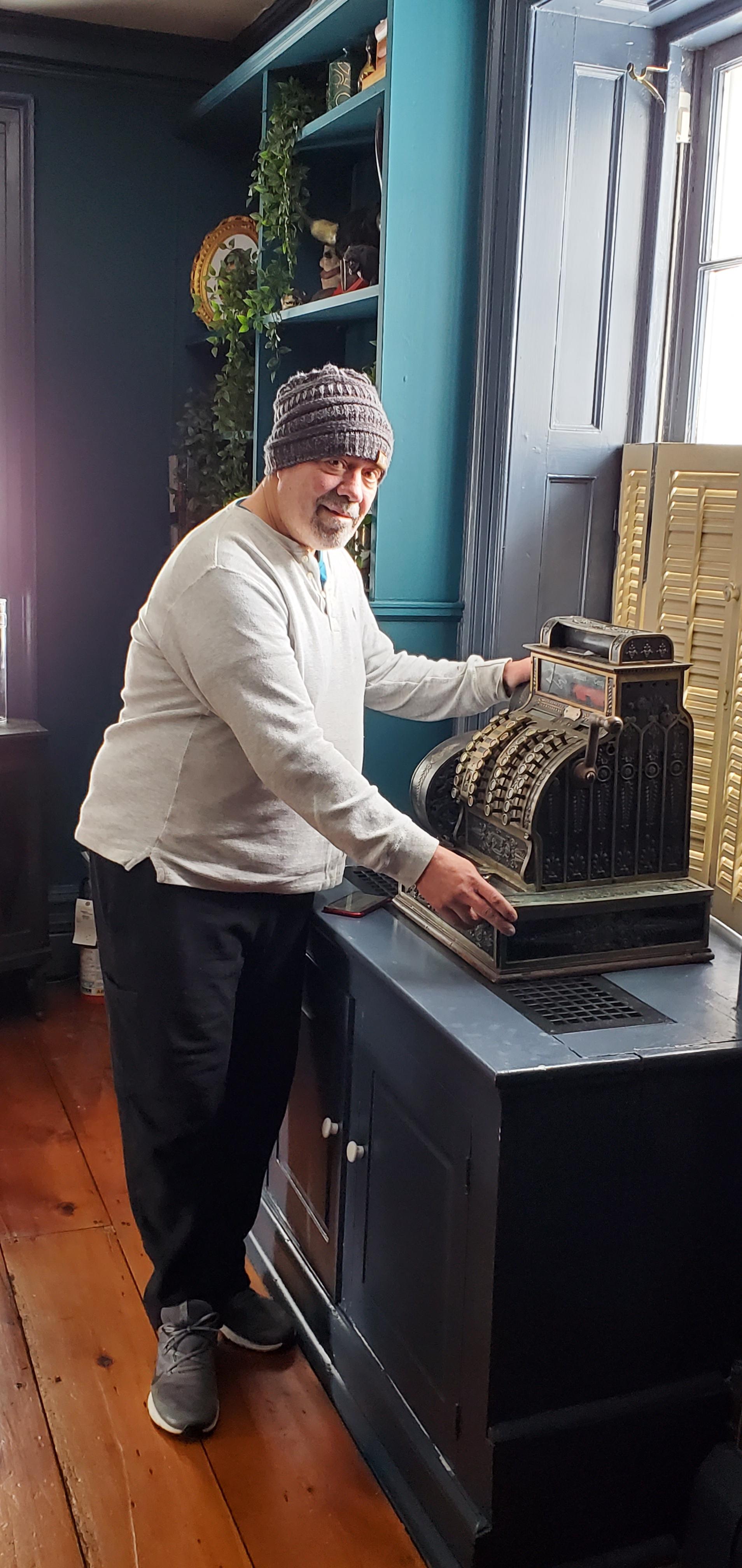
Oakland, NJ, Antiques Shipper Gives Back after Surviving Head and Neck Cancer
When John Longo of Oakland, New Jersey, began to experience persistent pain in the back of his mouth, he thought it was caused by a dental infection. However, when the pain didn’t go away after he had a wisdom tooth…
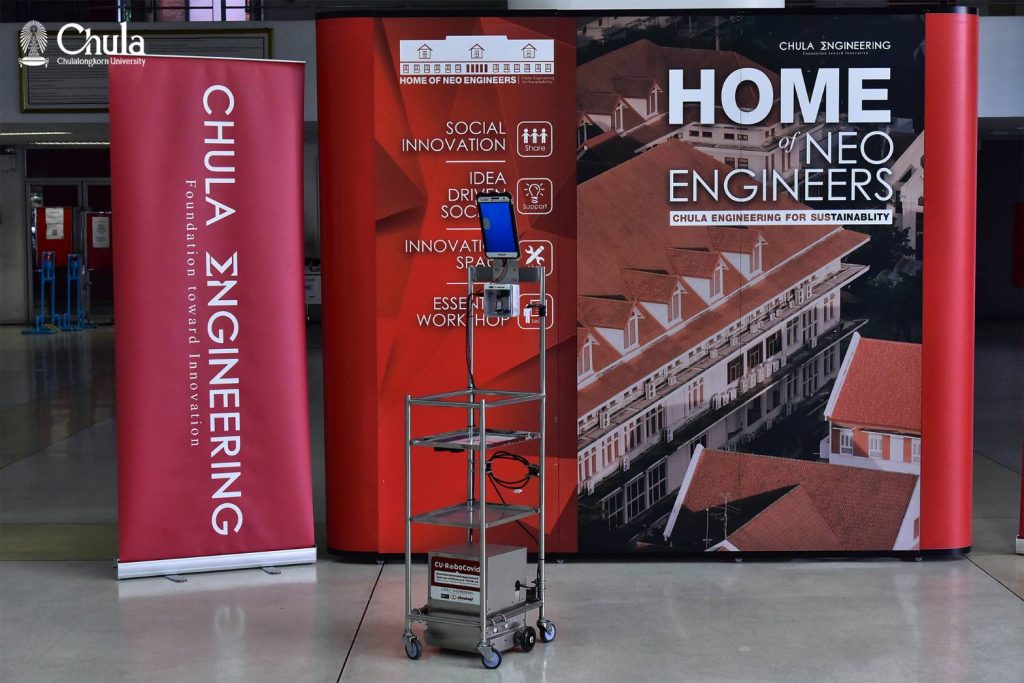
Chula Engineers Deliver “Pinto” Robots to COVID-19 Outbreak Areas Nationwide
The Faculty of Engineering and Chulalongkorn University Alumni Association dispatched 200 “Pinto” robots and over 1,000 “Mirror” long-distance communication systems to the areas affected by the new COVID-19 outbreak. Prof. Supot Teachavorasinskun, Dean of the Faculty of Engineering, and Asst. Prof. Witaya Wannasuphoprasit, Director of the International School of Engineering and Head of the Robotics and Medical Support Equipment Team for COVID-19 pandemic (CURoboCOVID), joined the presentation ceremony on Monday, December 28, 2020, at the Engineering Centennial Memorial Building, Chulalongkorn University.

FAMU-FSU College of Engineering professor will teach robots concept of risk with Toyota grant
For Florida State University engineering professor Christian Hubicki, robots aren’t just a tool for the future. They’re a way to understand everything around us. Hubicki, an assistant professor of mechanical engineering at the FAMU-FSU College of Engineering, will continue that quest thanks to a $750,000 Young Faculty Researcher grant from the Toyota Research Institute (TRI).
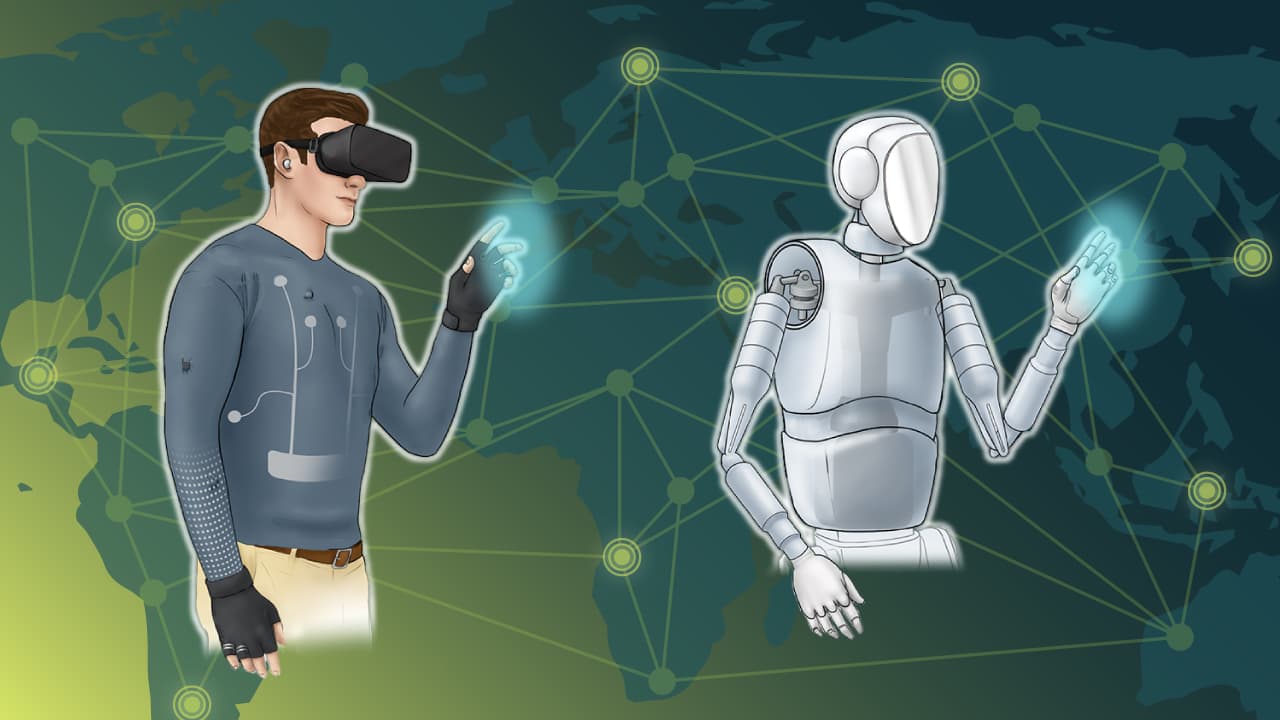
NeuroReality™: The Future of Telepresence
Dustin Tyler, Founder of Human Fusions Institute at Case Western Reserve University in Cleveland, Ohio, and Shelly Palmer, CEO of The Palmer Group, discuss Human Fusions Institute, NeuroReality™, and the future of human-tech relationships in a virtual meeting.
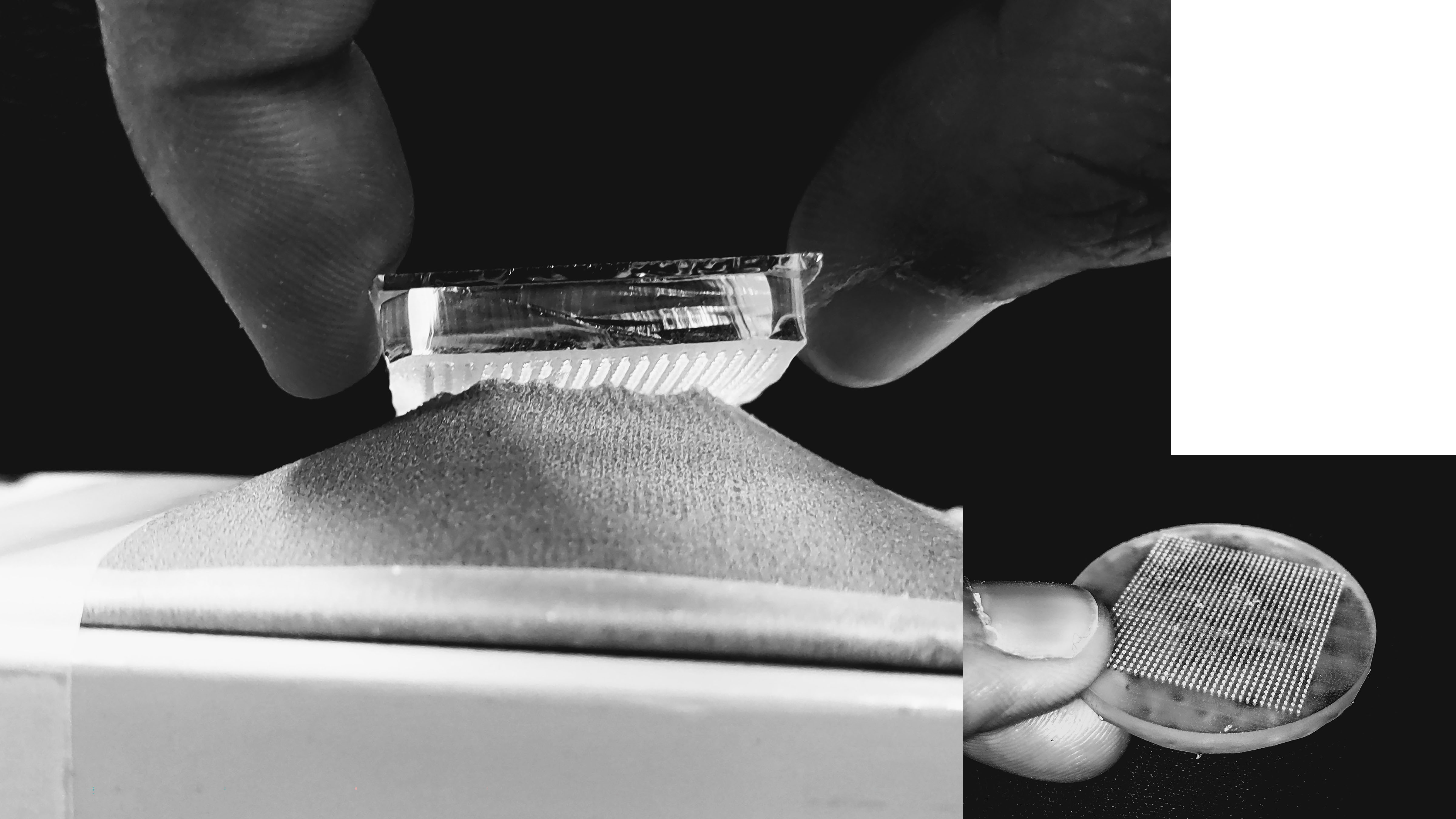
Fastener with Microscopic Mushroom Design Holds Promise
A Velcro-like fastener with a microscopic design that looks like tiny mushrooms could mean advances for everyday consumers and scientific fields. Currently available fasteners are called hook and loop fasteners and require harder, stiff material. In Biointerphases, researchers describe a design that can use softer materials and still be strong enough to work. The team believes a 3D mushroom design can be made with softer, more flexible materials and provide sufficient interlocking force on the fabric and hold strong.
Engineers develop soft robotic gripper
Scientists often look to nature for cues when designing robots – some robots mimic human hands while others simulate the actions of octopus arms or inchworms. Now, researchers in the University of Georgia College of Engineering have designed a new soft robotic gripper that draws inspiration from an unusual source: pole beans.
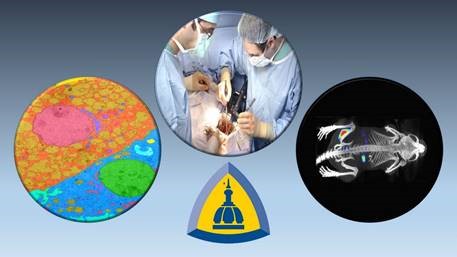
Research News Tip Sheet: Story Ideas From Johns Hopkins Medicine
During the COVID-19 pandemic, Johns Hopkins Medicine Media Relations is focused on disseminating current, accurate and useful information to the public via the media. As part of that effort, we are distributing our “COVID-19 Tip Sheet: Story Ideas from Johns Hopkins” every other Tuesday.
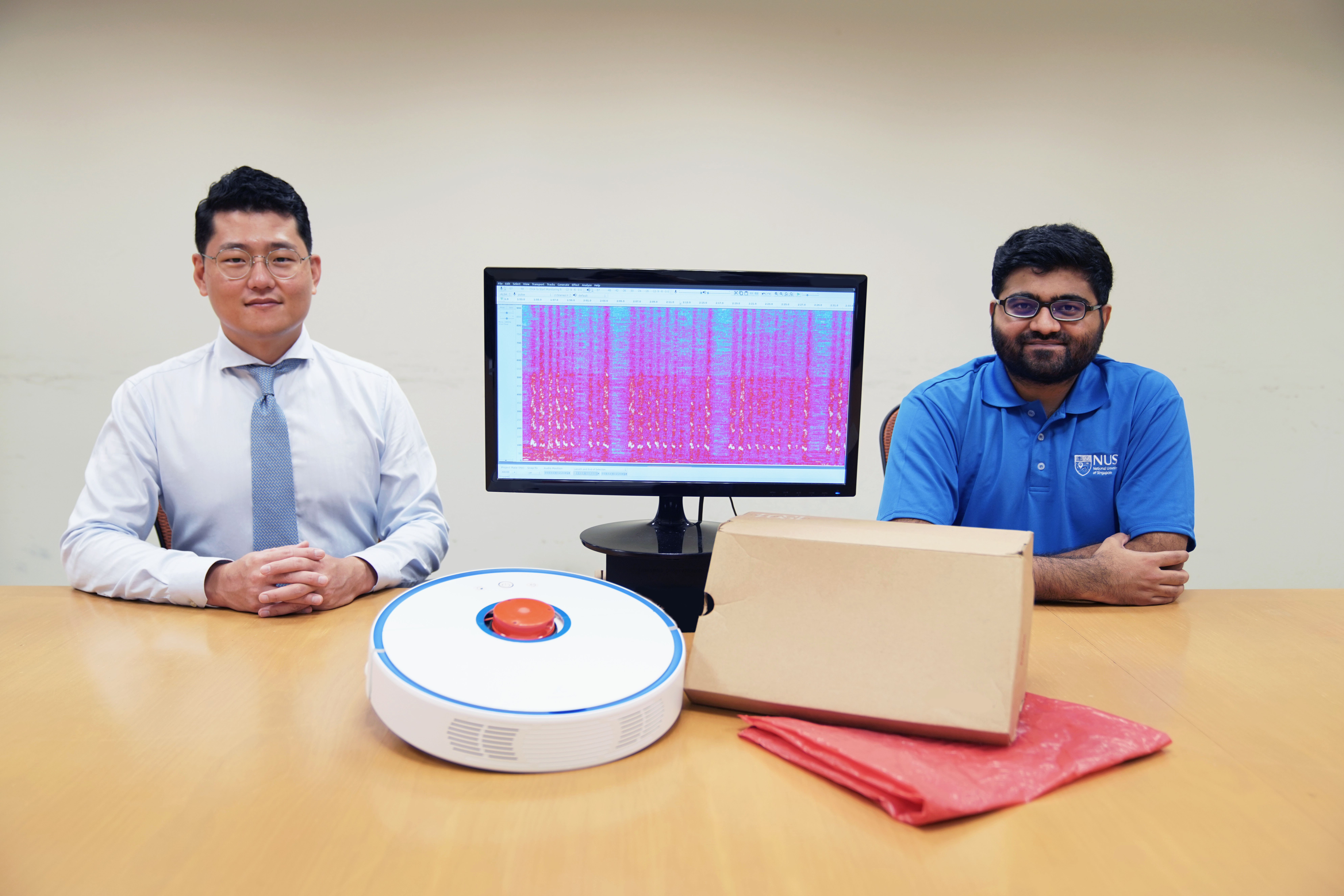
NUS computer scientists show robot vacuum cleaners can be used by hackers to spy on private conversations
By analysing minute vibrations on common items caused by sound waves, a potential attacker can use a robot vacuum cleaner to retrieve audio data and capture private and sensitive information
Patterning method could pave the way for new fiber-based devices, smart textiles
Researchers reporting in ACS Central Science have developed a method to pattern hundreds-of-meters-long multimaterial fibers with embedded functional elements.
Worm-like, soil-swimming robots to explore crop underworld
A Cornell University project will develop worm-like, soil-swimming robots to sense and record soil properties, water, the soil microbiome and how roots grow.
Stretchable ‘skin’ sensor gives robots human sensation
Cornell University researchers have created a fiber-optic sensor that combines low-cost LEDs and dyes, resulting in a stretchable “skin” that detects deformations such as pressure, bending and strain. This sensor could give soft robotic systems – and anyone using augmented reality technology – the ability to feel the same rich, tactile sensations that mammals depend on to navigate the natural world.
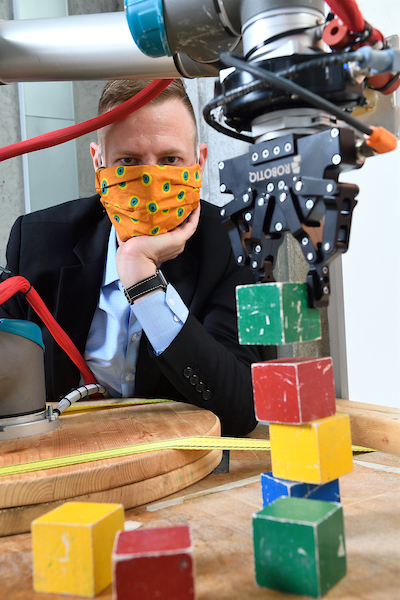
Dog Training Methods Help JHU Teach Robots to Learn New Tricks
With a training technique commonly used to teach dogs to sit and stay, Johns Hopkins University computer scientists showed a robot how to teach itself several new tricks, including stacking blocks. With the method, the robot, named Spot, was able to learn in days what typically takes a month.
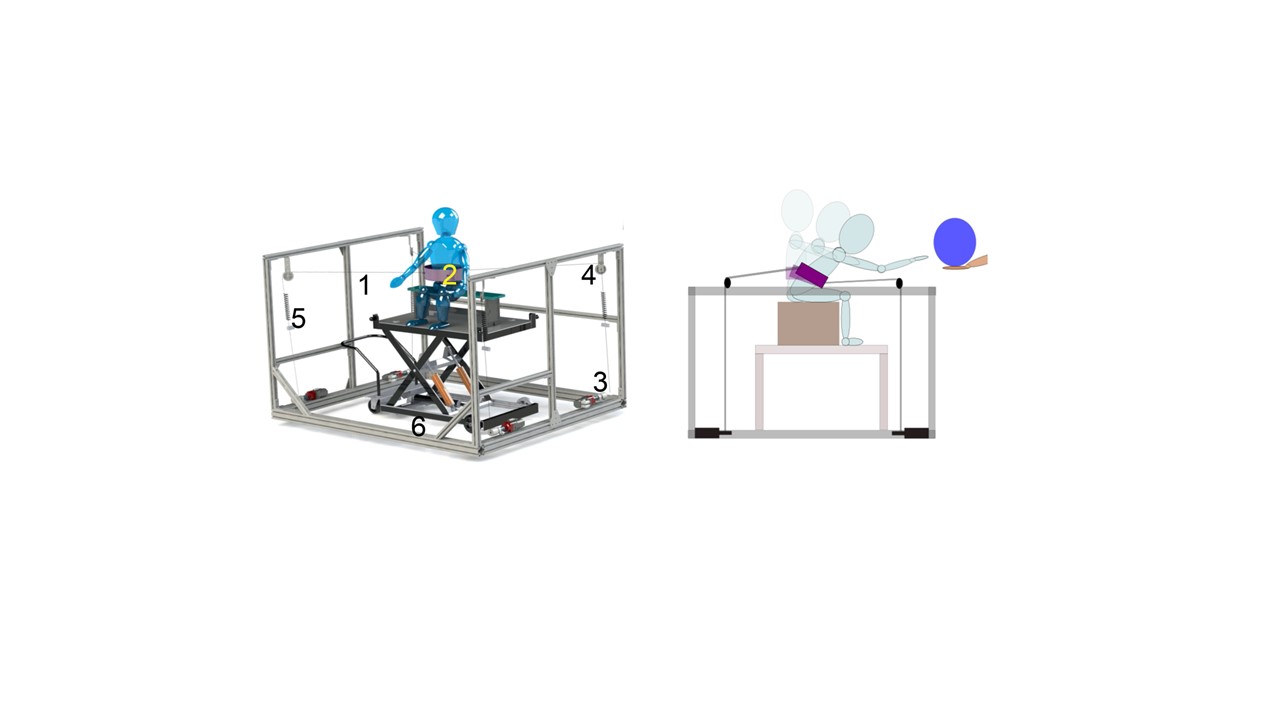
Robotic Trunk Support Trainer Improves Upper Body Control of Children with Cerebral Palsy
Columbia Engineering researchers report their innovative robotic Trunk Support Trainer, when combined with active practice of postural movements, improves trunk and reaching control in CP children with impaired sitting control. TruST helps physical therapists to not only support the children in the region of the trunk where they suffer from weakness and incoordination but also challenge them to perform rehabilitation tasks outside their base of support to improve their movement and coordination.
What Tiny Surfing Robots Teach Us About Surface Tension
Propelled by chemical changes in surface tension, microrobots surfing across fluid interfaces lead researchers to new ideas.
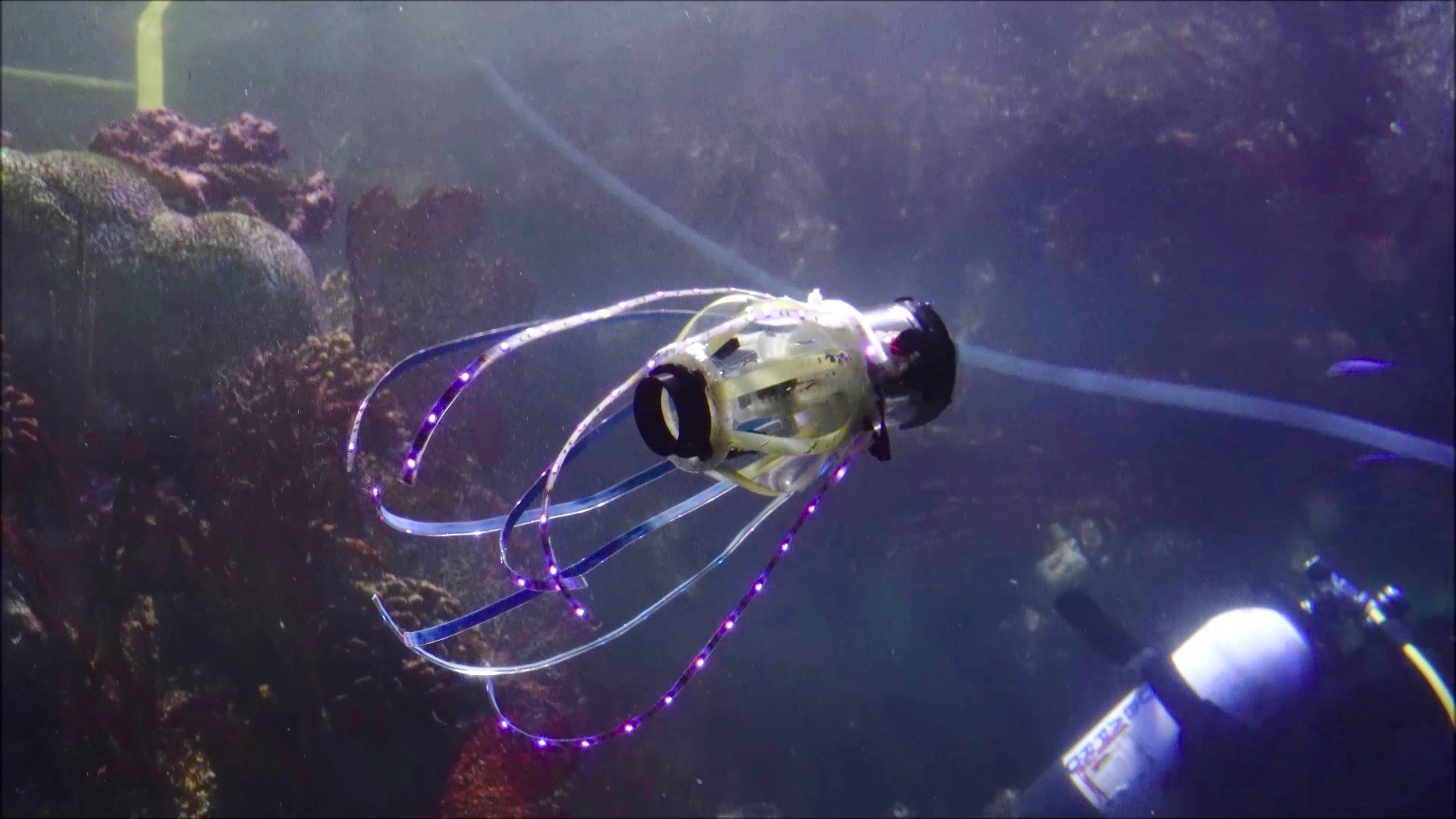
This ‘squidbot’ jets around and takes pics of coral and fish
Engineers at the University of California San Diego have built a squid-like robot that can swim untethered, propelling itself by generating jets of water. The robot carries its own power source inside its body. It can also carry a sensor, such as a camera, for underwater exploration. The researchers detail their work in a recent issue of Bioinspiration and Biomimetics.
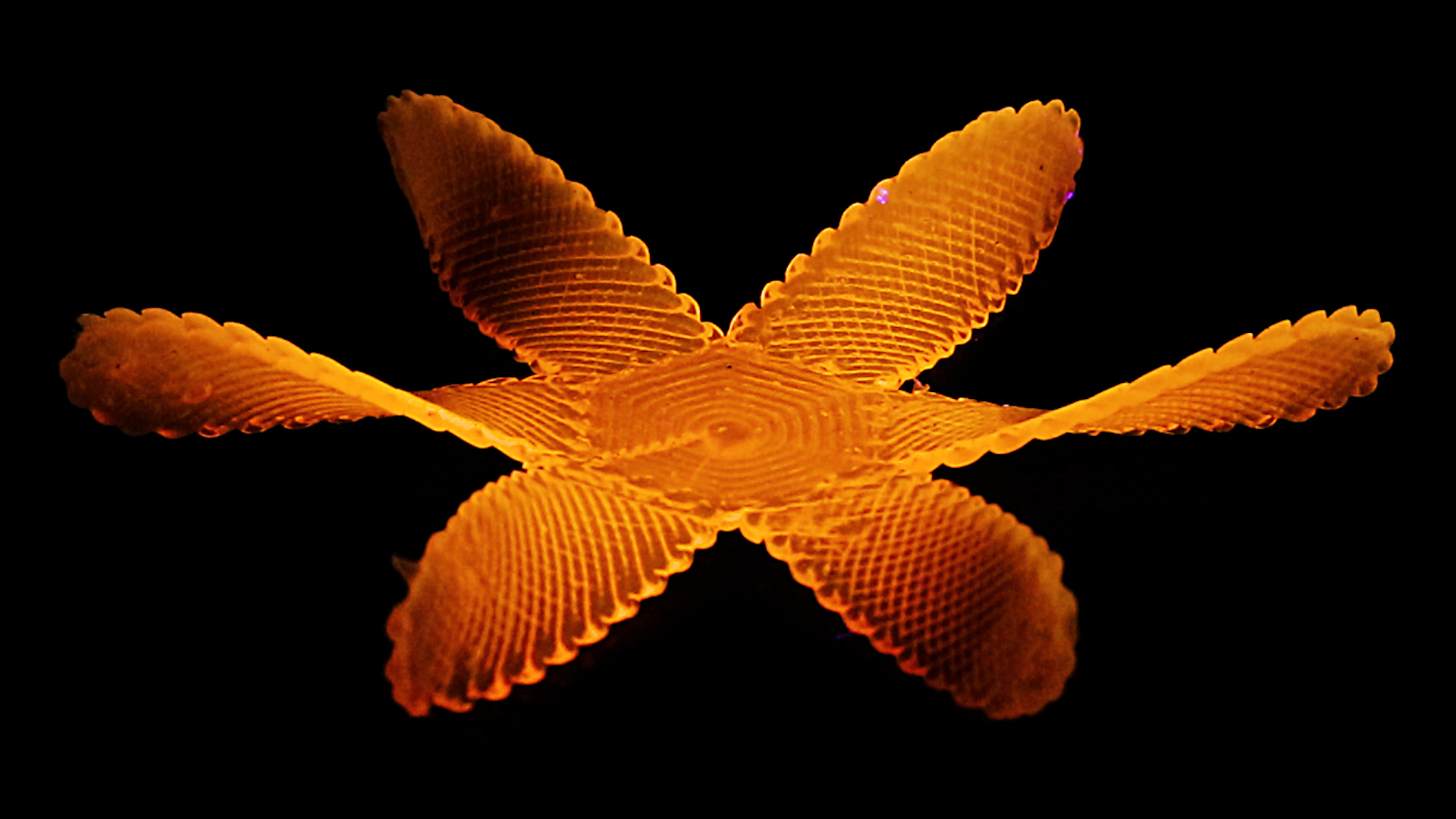
Material scientists learn how to make liquid crystal shape-shift
A new 3D-printing method will make it easier to manufacture and control the shape of soft robots, artificial muscles and wearable devices. By controlling the printing temperature of liquid crystal elastomer, researchers have shown they can control the material’s stiffness and ability to contract.

Virtual Trimble Lecture Series Features Spies, Kings, Robots, Fake News
A new Lyne Starling Trimble Science Heritage Public Lecture Series begins with six speakers, who are scheduled for online talks in late 2020-early 2021. The first lecture in the series will be held Sept. 30 and will be streamed online with an interactive question-and-answer period after the talk. During the series, science historians and writers will highlight important roles science has played in modern society, including in robotic development, WWII espionage, and technical accomplishments.
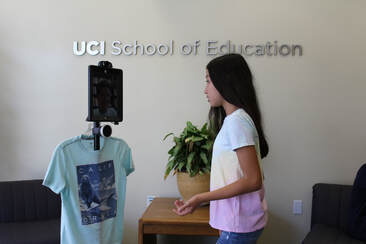
Robots to Help Children Touch the Outside World
A team of University of California researchers is working to improve telepresence robots and the algorithms that drive them to help children with disabilities stay connected to their classmates, teachers and communities. The effort is funded by a $1 million grant from the National Robotics Initiative at the National Science Foundation.
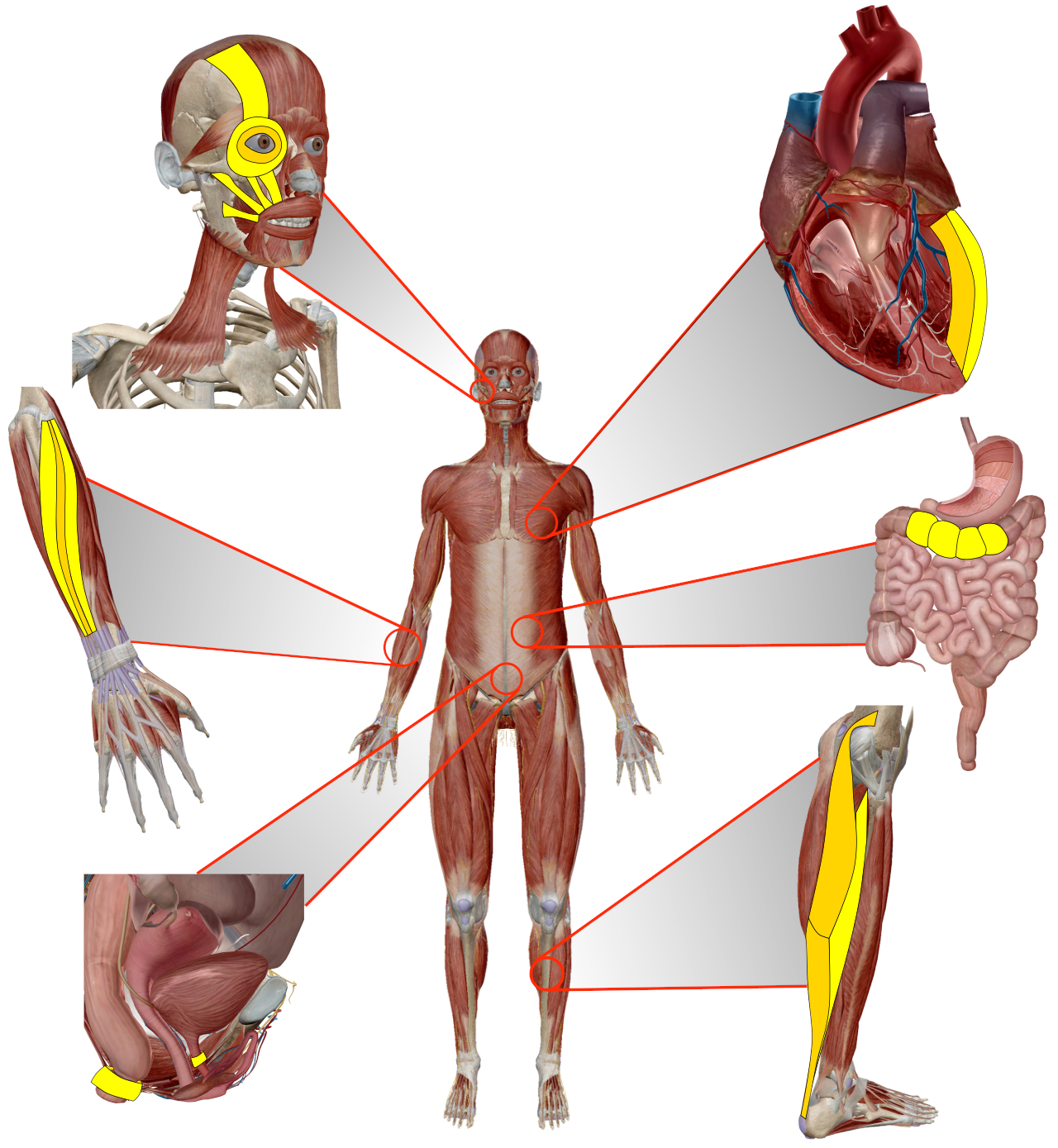
Robotic muscles could turn back body clock by 2050
Loss of strength and muscle wastage is currently an unavoidable part of getting older and has a significant impact on health and quality of life.
Microscopic robots ‘walk’ thanks to laser tech
A Cornell University-led collaboration has created the first microscopic robots that incorporate semiconductor components, allowing them to be controlled – and made to walk – with standard electronic signals.
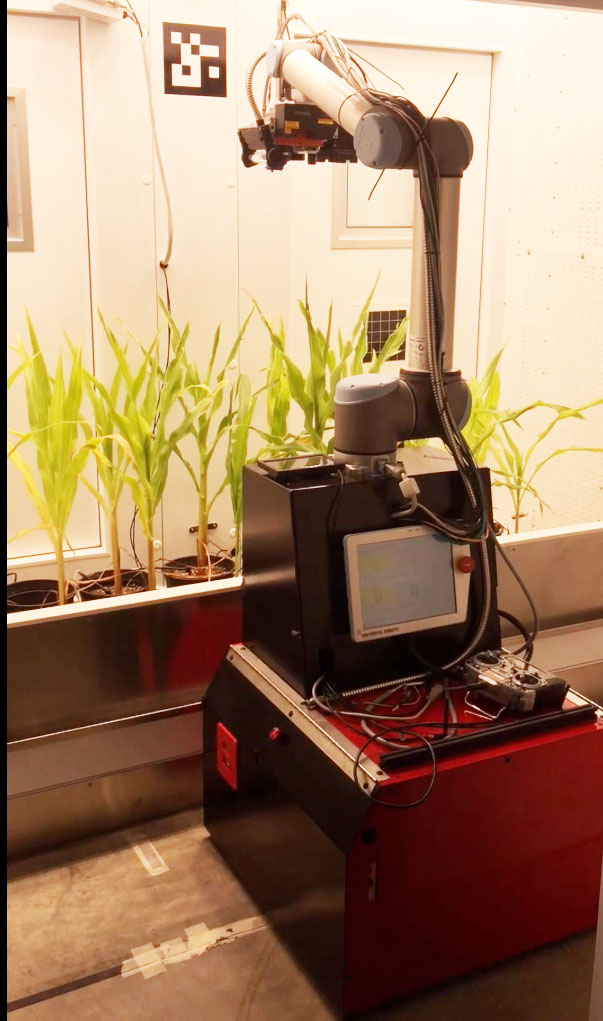
Plant scientists use robotics to study the interaction of heat stress responses in corn
A new study shows how two responses in separate locations inside plant cells work in concert to help corn plants respond to heat stress. The research was made possible by the Enviratron, an innovative plant sciences facility at Iowa State University that utilizes a robotic rover and highly controlled growth chambers.